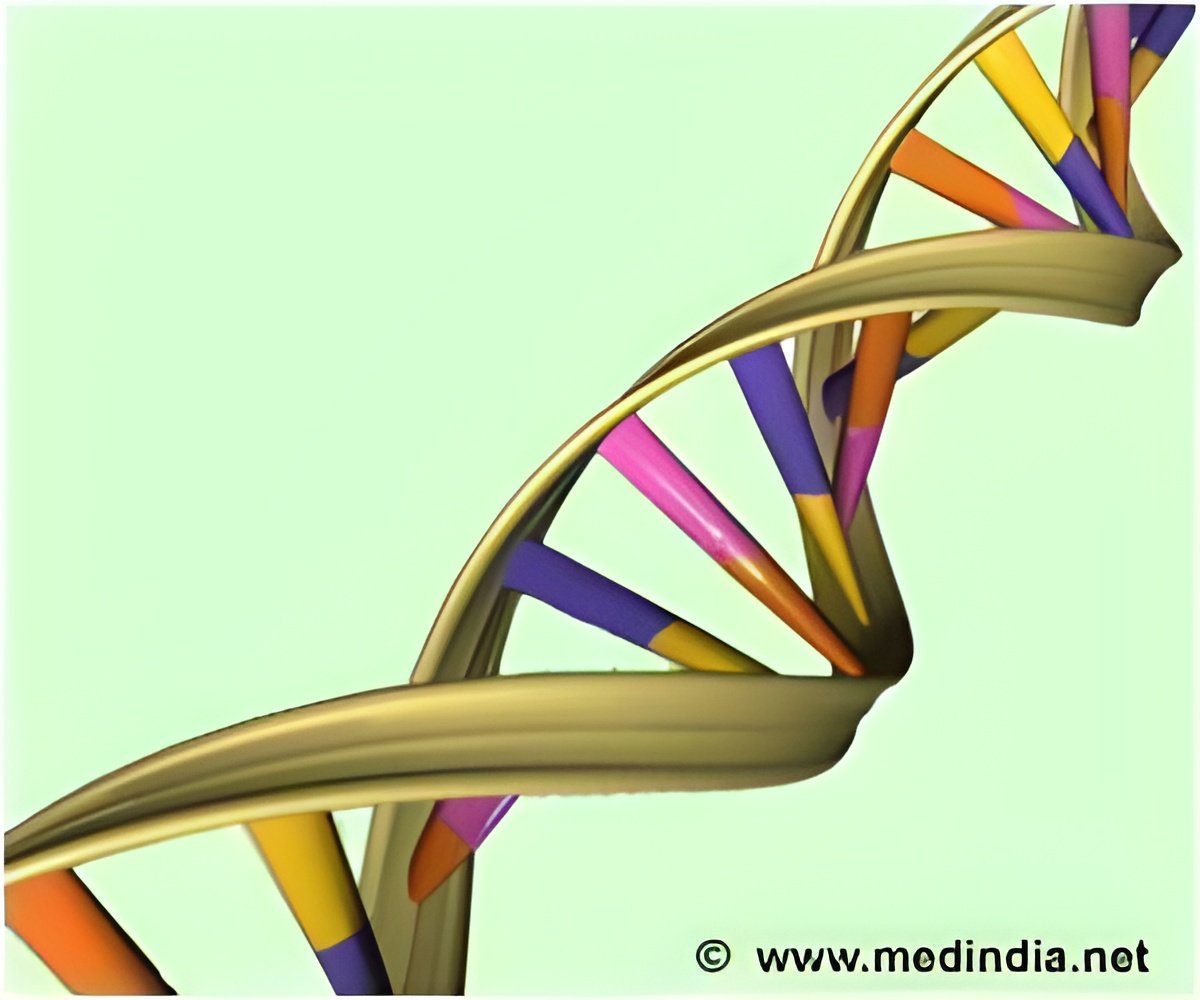Patients with hemophilia A have a deficiency of clotting factor VIII (FVIII), while hemophilia B patients are deficient in clotting factor IX.

‘The gene encoding FIX is much smaller than the gene for FVIII, and better fits into a vector, usually a harmless virus.’





The new research, done in cells and animals, contradicts prevailing assumptions about the biological effect of a protein called furin, an important enzyme found in most cells. The scientists report that, in contrast to its action in hemophilia B, the other common form of hemophilia--in which furin improves blood clotting--furin exerts the opposite effect in hemophilia A, where it impairs clotting.
"The clotting factors involved in hemophilia A and hemophilia B are very different, and this has important implications in devising new treatments," said study leader Valder R. Arruda, MD, PhD, a hematology researcher at The Children's Hospital of Philadelphia (CHOP). In addition to his CHOP position, Arruda also is a faculty member of the Perelman School of Medicine at the University of Pennsylvania.
Arruda and colleagues from CHOP, Penn Medicine and the University of North Carolina, Chapel Hill (UNC) co-authored the study appearing today in the journal JCI Insight. v Patients with hemophilia A have a deficiency of clotting factor VIII (FVIII), while hemophilia B patients are deficient in clotting factor IX (FIX). Doctors treat either form of hemophilia with intravenous transfusions of proteins to replace the missing clotting factor.
Those replacement drugs contain amino acids that recognize and interact with furin, but the new research calls that into question. "We were surprised to find no evidence that furin was required in factor VIII replacement, as it is in factor IX," said Arruda.
Advertisement
Most of this research has centered on hemophilia B, although hemophilia A is five times as common. This fact is rooted in a packaging problem: the gene encoding FIX is much smaller than the gene for FVIII, and better fits into a vector, usually a harmless virus, designed to deliver therapeutic genes to a patient.
Advertisement
In investigating the biology of blood clotting Arruda and colleagues bioengineered a new variant protein, FVIII-ΔF, which avoids interacting with furin. They then used that variant in gene therapy experiments in animals that had severe hemophilia A. In mice, the variant increased FVIII levels and improved clotting activity.
Source-Eurekalert













